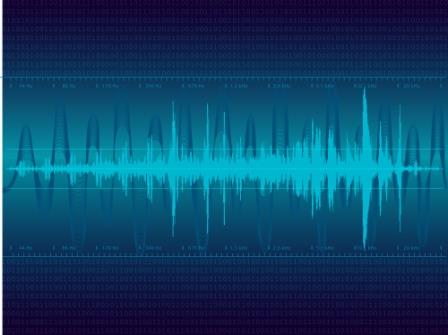
What is the relationship between the brainwave patterns that show up on a qEEG screen and your mental state of being? In the 1960s, when the technology to observe brainwave activity first became available, there wasn’t the body of research to interpret it. But since then, that research has been building and advancing our understanding. Today, the NIH’s Human Connectome Project represents the concerted effort of neuroscientists to build a “network map” of the anatomical and functional connectivity within the healthy human brain and to produce a body of data to facilitate research into brain disorders. It is brain imaging technology paired with human subjective experience and decades of research that has made it possible for us to know something about the relationship between brainwaves and mental states.
The research is constantly advancing and therefore constantly changing our understanding of how to do neurofeedback. Yet there are some basic relationships between brainwaves and states of consciousness that have held up thus far. These relationships are some of what we employ to guide neurofeedback protocol selections for our clients, but we always defer to the client’s self-report about how they feel. In other words, when there is agreement between the self-report measures and items identified from the brainmap as being related to the same problem and operating outside a typical range of electrophysiological activity, then we consider it reasonable to try a neurofeedback protocol based on that information. In terms of brainmap interpretation, we are able to look at multiple dimensions of activity including magnitude, dominant frequency, coherence, phase and asymmetry.
(A caveat: It is important to bear in mind that we are dealing with statistical norms, and therefore the problematic areas that show up on a client’s brainmap do not indicate severity of a problem but simply the probability of a problem. This does not in any manner constitute a diagnosis and should not be used for purposes of medical or psychological diagnoses. But the process does provide to the client a comparison between their brainmap and similar maps of other individuals with confirmed diagnoses or similar brainwave activity in these areas.)
Caveats declared, let’s look at some of the correlations between brainwave activity and human mental states. A person may experience feelings of inhibition, or self-consciousness sometimes accompanied by social avoidance. When we are inhibited, we show significant asymmetry with Alpha higher in the left hemisphere than in the right hemisphere. Although other factors such as elevated Alpha magnitude, slowed dominant frequency and increased coherence also contribute to these factors, the overall dominant feature is Alpha asymmetry. Most individuals begin to develop progressively more negative moods and/or irritability when they are anxious and fearful for sustained periods of time and as they begin shifting into more inhibited and avoidant behaviors.
Another established pattern is when we feel over-arousal, or anxiety. When we are over-aroused we display significant asymmetry with Beta higher in the right hemisphere than the left hemisphere. The primary factors besides asymmetry that frequently contribute to this dimension of analysis include elevated Beta magnitude, fast dominant frequency Beta and excessive Beta hypercoherence. Features typically associated with this dimension include excessive worry, hyper-vigilance, discomfort with transitions or changes, excessive rationalization, restlessness, agitation, and diminished emotional self-awareness.
A final established pattern is when we feel underarousal, or depression. When we are under-aroused at a brain level, we are experiencing a neurophysiological state of diminished cognitive and emotional functioning characterized by a dominance of Delta or Theta globally or in broad regions of the brain. When focal abnormalities in these frequencies occur it may indicate lesions in the grey or white matter due to physical trauma such as TBI or stroke. Recent findings suggest that severe emotional trauma and hypersensitivity to some foods or allergens can enhance diffuse abnormalities in these frequency ranges as well. When we experience excessive underarousal we are frequently disorganized and easily distracted, so underarousal also contributes to ADHD-like symptoms.
As a result of working with brainmaps at the nCenter, we often use the perspective that problems are undergirded by brain-level dysfunction (e.g., the inhibition or self-consciousness associated with higher Alpha in the left than right hemisphere; the over-arousal or anxiety associated with Beta dominance in the right hemisphere; and the underarousal or depression associated with global excessive Delta or Theta). We find that when these patterns are brought closer to the norm, it is often easier for clients to do the work needed in therapy, perhaps making life changes that were previously avoided. Or it may be easier to attend to daily tasks with a sense of well-being and this can rebuild clients’ sense of self and personal agency. Whatever life the life situation, it is our experience at the nCenter that neurofeedback can help clients get on with their lives and make positive life changes.
Soutar, R. (n.d.). New Mind Maps. Roswell, GA: New Mind Maps.

